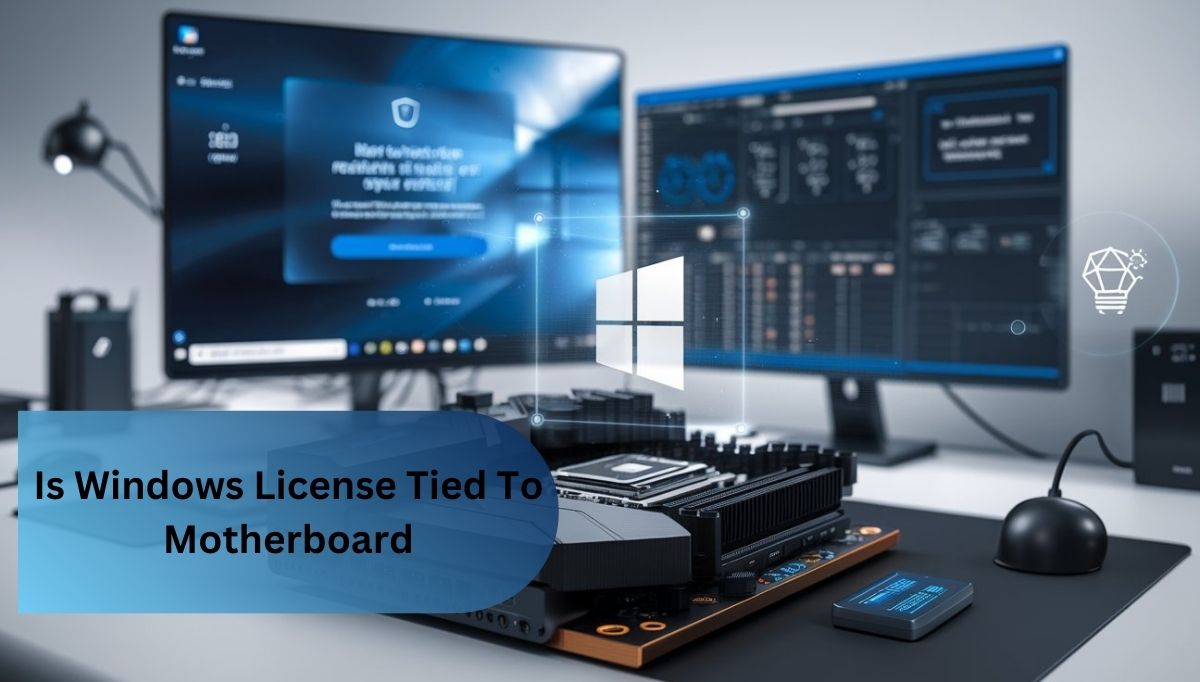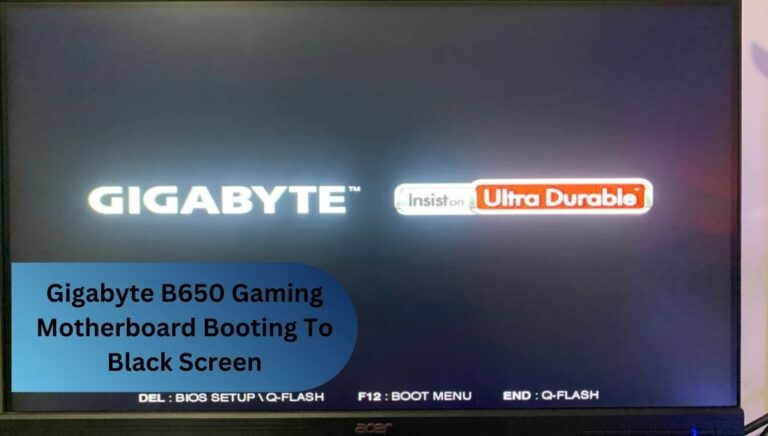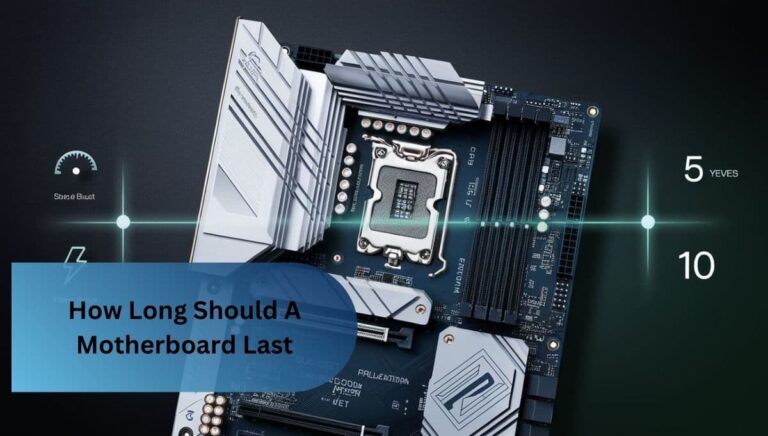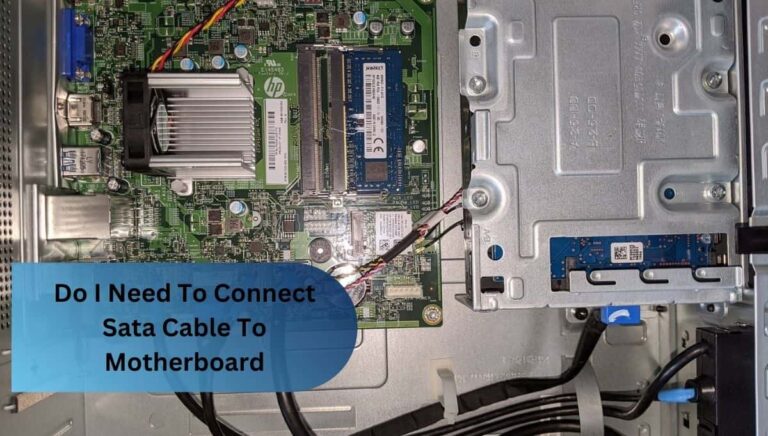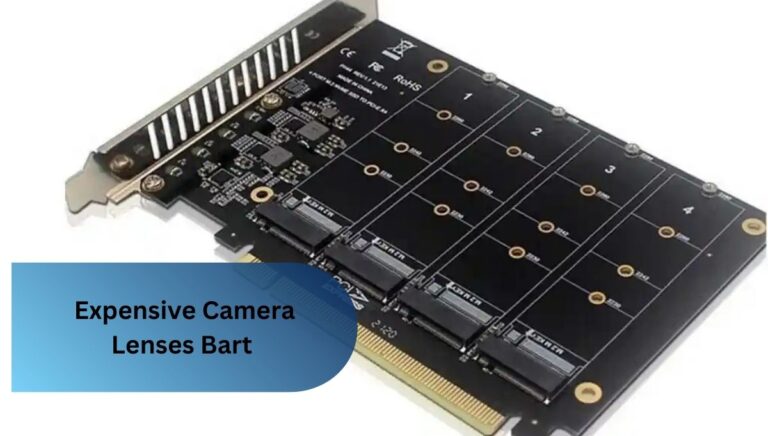Is Windows License Tied To Motherboard – A Closer Look At The Legal Profession!
I changed the motherboard of my computer and had issues activating Windows 10. My device wasn’t being recognized by the system anymore and it would keep asking for reactivation. It was a hassle, but contacted Microsoft support and they took care of it quickly. And so yes, your momb ilme Windows key, very well.
Yes, Windows licenses are tied to your motherboard. If you swap out your motherboard, Windows might see your device as new and could ask you to reactivate. To fix this, you’ll need to either sign in with your Microsoft account or contact support for help.
What Is Windows License Tied To Motherboard Or Cpu
Now the main part here while you are arguing is “Windows license is tied to motherboard.” That means when you ask, “Is Windows 10 license tied to motherboard,” the answer is yes — the license is bound to a piece of hardware (in this case, the motherboard), not tied to a specific CPU or any other component.
This association means that if you upgrade your system (for example upgrading the motherboard) Windows will think the hardware configuration (the GUIDs assigned to the various components of your computer) changed. In this way, “Windows license tied to motherboard” may cause windows activation related issues i.e. you have to activate the Windows again.
Therefore, when considering upgrades or repairs, knowing that “Windows license is tied to motherboard” can help you prepare for the possibility of reactivation and ensure a smooth transition.
Can I install Office without license?
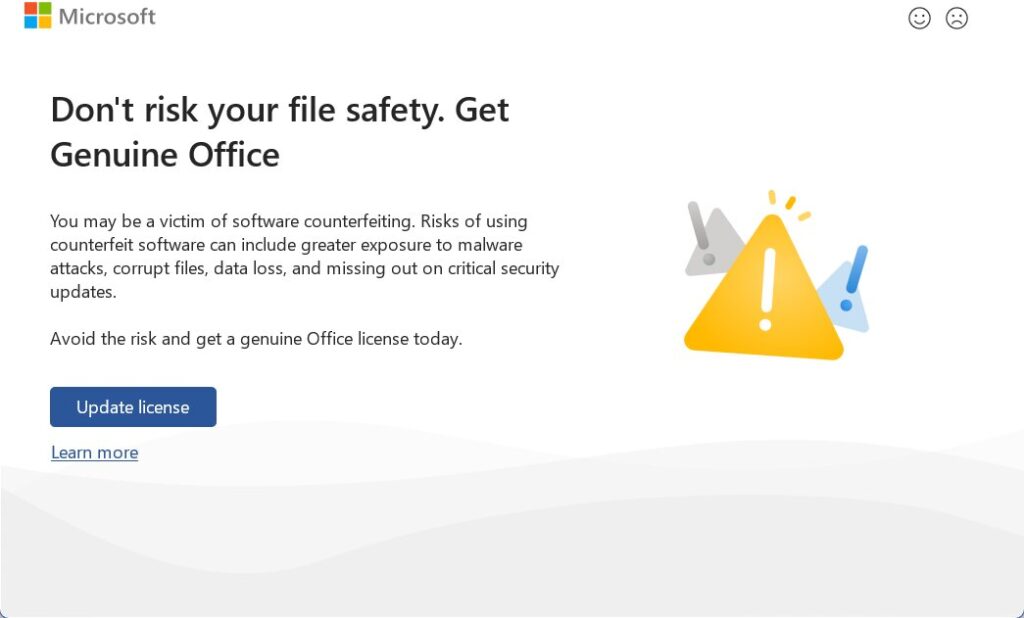
1. Risks of Using Office Without a License:
For anyone who has asked yourself this a lot of times: Can I install Office without a license? it’s important to understand the risks involved. Using Office without a license can lead to several issues, much like when “Windows license is tied to motherboard” and changing hardware can cause problems.
Just as Windows activation issues arise from hardware changes, using Office without proper licensing can result in limited functionality, legal consequences, and lack of updates. The absence of a valid license for Office may also leave you vulnerable to security risks and compatibility issues, similar to how “Windows license tied to motherboard” ensures proper support and updates.
2. How To Obtain A Valid Office License:
- Purchase from Microsoft Store: Buy a license directly from the official Microsoft Store for the most straightforward and secure option.
- Buy from Authorized Retailers: Obtain a valid license from trusted retailers or online stores that are officially authorized by Microsoft.
- Check for Educational Discounts: If you’re a student or educator, explore discounts or free licenses available through your educational institution.
- Explore Subscription Plans: Consider subscribing to Microsoft 365, which includes Office applications and ongoing updates as part of the subscription.
- Use a Volume Licensing Agreement: For businesses or organizations, obtain a license through Microsoft’s volume licensing programs for multiple users.
3. Alternatives to Using Office Without a License:
If you’re considering alternatives to using Office without a license, there are several good options available. Instead of using an unlicensed version, you can try free office suites like LibreOffice or Google Workspace, which offer many of the same features as Microsoft Office. Both are excellent choices for creating documents, spreadsheets, and presentations without the cost of a license.
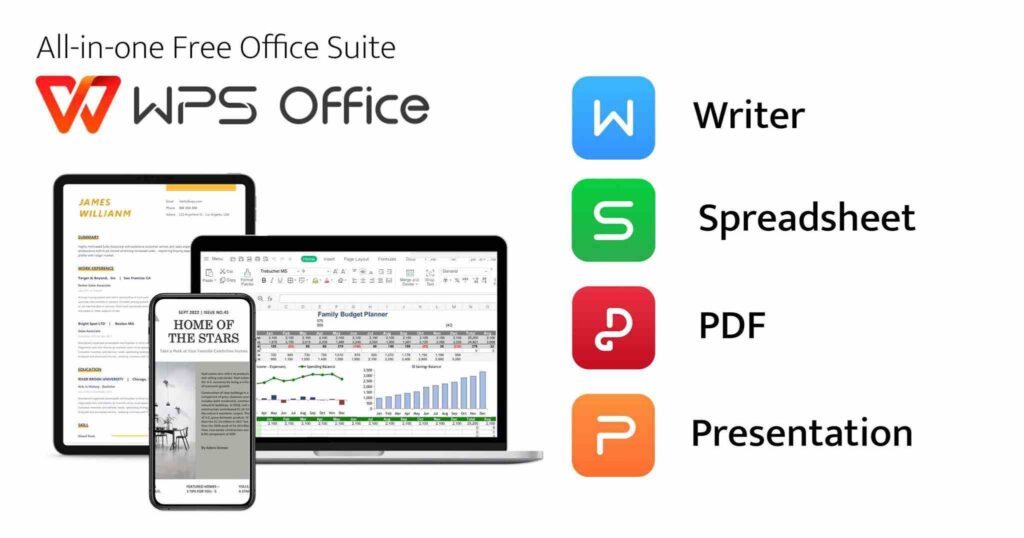
Additionally, Microsoft offers a free online version of Office, called Office for the Web, which provides basic functionality and can be accessed through a web browser. These alternatives can help you avoid the risks associated with using unlicensed software while still meeting your productivity needs.
Is Windows Product Key Tied To Motherboard?
Yes, your Windows product key is connected to your device’s hardware, especially the motherboard. When you install Windows, it creates a digital license tied to your hardware. If you change your motherboard or make big upgrades, you’ll need to reactivate Windows with your product key or digital license.
To make it easier, you can link your product key to your Microsoft account. That way, if you swap your motherboard, you can just sign in and Windows will activate automatically.
If you bought a physical copy of Windows, you’ll find the product key on a label or card inside the box. If Windows came preinstalled, it might be on a sticker on your device. If you can’t find it, you can contact the manufacturer for help.
Read Also: Do Motherboards Come With Windows? – Get The Facts!
Is Windows license stored in BIOS?
- Embedded in Firmware: The Windows license key is embedded in the BIOS or UEFI firmware of many computers, particularly those that come pre-installed with Windows.
- Activation Data: This embedded key is used to activate Windows during installation or reinstallation, ensuring that the operating system is genuine.
- OEM Keys: For devices that come with Windows pre-installed, the OEM key is often stored in the BIOS/UEFI, linking the license to the hardware.
- Automatic Detection: During Windows installation, the system can automatically detect the embedded key and use it to activate the operating system.
- Hardware tethered: License registered in the BIOS/UEFI is then tied to hardware configuration, mainly motherboard.
- No Manual Entry Required: When reinstalling Windows on a device with an embedded license, you usually don’t need to enter the key manually; Windows will detect and activate automatically.
- System Changes Impact: Significant hardware changes, like replacing the motherboard, can affect the ability to use the embedded key, often requiring reactivation.
- Check License Status: You can check if your Windows license is embedded in BIOS/UEFI by using system tools or commands like slmgr /dli in the command prompt.
- Recovery and Replacement: If you need to replace your motherboard, ensure that you have a backup of your license information or consult Microsoft Support for reactivation.
- BIOS/UEFI Update: Sometimes, BIOS/UEFI updates or resets might affect the stored license, so it’s essential to handle updates carefully.
What is a Windows license attached to?
The motherboard’s hardware identifier is key to linking Windows to the physical machine. While various components contribute to the device’s functions, the motherboard stands out as the central circuitry connecting everything. Windows recognizes and binds specifically to the motherboard’s unique ID, ensuring it won’t work on any other hardware.
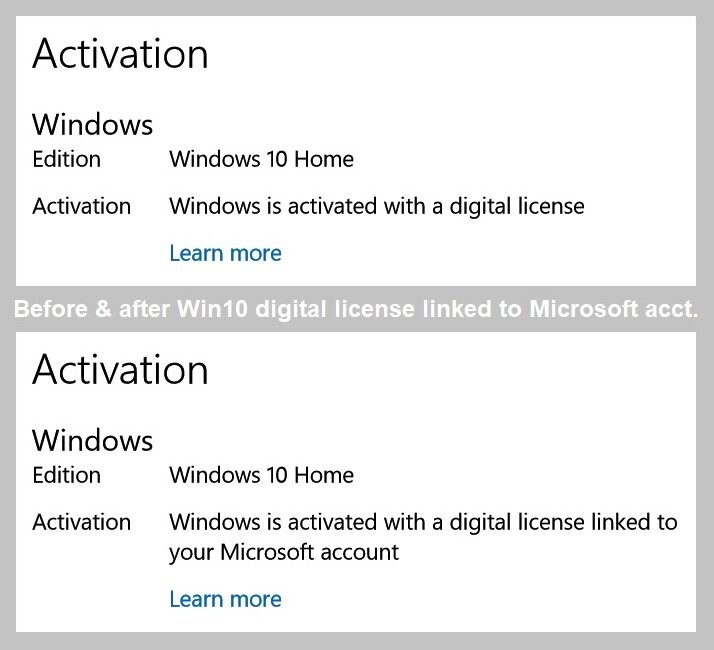
If you make significant hardware changes, such as replacing the motherboard, it can disrupt this link, leading to activation issues. Just as “Windows license is tied to motherboard,” understanding this connection helps in managing your system and troubleshooting any activation problems that may arise due to hardware modifications.
How To Check If Motherboard Has Windows Key?
You can check if your motherboard has a built-in Windows key using these simple methods:
1. Command Prompt:
Open Command Prompt as an administrator and type this command:
wmic path softwarelicensingservice get OA3xOriginalProductKey.
If your motherboard has an embedded Windows key, it will show up on the screen.
2. BIOS/UEFI:
Restart your computer and enter the BIOS or UEFI settings by pressing a key like F2, Delete, or Esc during startup. Look for a section called “Windows Activation” or something similar to find the key.
Read Also: How To Find My Motherboard Model And Bios Version – Comprehensive Guide!
3. Key Finder Tools:
Use trusted software like Belarc Advisor or ProduKey to scan your system and find the embedded key, if it’s there.
These steps will help you figure out if your motherboard has a Windows key ready for activation.
Will resetting PC remove license?
1. Impact of Resetting on Windows License:
Resetting your PC generally does not remove your Windows license. The Windows license is tied to your hardware, especially the motherboard, so resetting your PC is more about refreshing or reinstalling the operating system rather than altering the license itself.
When you perform a reset, Windows will typically keep your license intact and automatically reactivate once the process is complete. However, if you make significant hardware changes or if there’s a problem with the reset, you might need to manually reactivate Windows.
2. Steps to Ensure License is Preserved:
- Back Up Your Data: Before resetting, make sure to back up all important files and data to avoid losing anything important.
- Check Activation Status: Verify your Windows activation status by going to Settings > Update & Security > Activation to ensure everything is in order.
- Link Microsoft Account: Ensure that your Windows license is linked to your Microsoft account. Navigate to [Settings > Accounts > Your info](https://support.microsoft.com/en-us/help/12412)and verify if you are signed in with a Microsoft account
- Record Product Key: If you have a physical product key, write it down or take a picture for reference, though it usually won’t be needed if linked to your account.
- Perform a Clean Reset: Choose the option to keep your files if you want to avoid losing data, or perform a full reset if you want a fresh start.
3. What to Do if License is Affected:
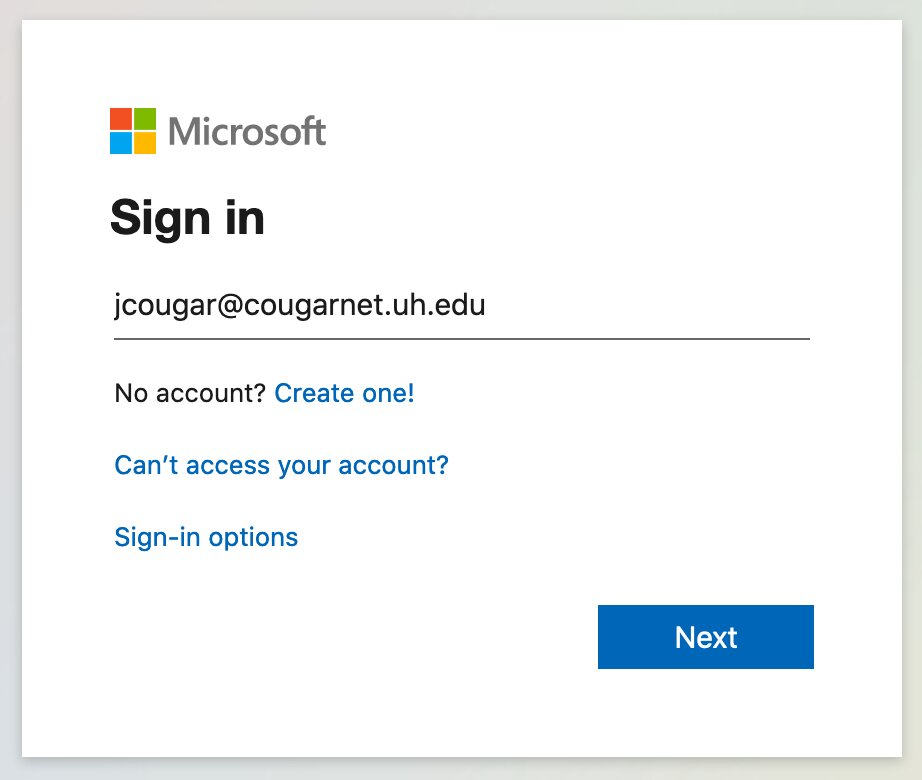
- Activate Windows Status: Go to settings>update& security> activation Open Settings > Update & Security > Activation. This gives you more of a figure on this problem
- Re-enter Product Key: If you have a product key, give entering it one more shot by going to Settings > Update & Security > Activation and choosing ‘Change product key.
- Sign in the Microsoft account: make sure you have the signed on t same Microsoft account as was used for original activation. This is useful for Windows auto-activating again, but it isn’t helpful if the hard drive fails.
- Use the built-in troubleshooter: With an update in Windows 10, go to Settings > Update & Security > Activation and click Troubleshoot to check and repair activation problems.
FAQ’s
1. Are Windows keys tied to motherboards?
Yes, Windows keys are tied to motherboards. When you activate Windows, the license is linked to the motherboard’s hardware ID, so significant changes to the motherboard can affect activation.
2. Will I lose my Windows license if I change motherboard?
Verify the activation status by going to Settings > Update & Security > Activation and see If Windows is properly activated there. You now have a better understanding of the problem.
3. Is Microsoft Office license free?
No, Microsoft Office licenses are not free. They typically require a purchase or subscription, though there are free versions of Office apps available online with limited features.
4. Consequently, you may be left pondering whether or not can I activate Windows on 2 different computers??
The answer is No, you cannot use a windows license on 2 computers. A Quick License will usually be assigned to a single device, therefore when your Current one dies, you’ll need to Purchase Another licensebsolute Windows.
5. Does Windows Come Installed On The Motherboard?
No, Windows isn’t installed on the motherboard. But some motherboards have a built-in digital license that lets you activate Windows after you install it.
6. Is My Windows Key Linked To My Motherboard?
Yes, if you’re using a digital license, your Windows key is usually tied to your motherboard. This makes it easy for Windows to activate automatically after installation.
7. Is My Windows Product Key Stored On My Computer?
Yes, if your computer has a digital license, the Windows product key is usually stored in the system’s BIOS or UEFI. This lets Windows activate automatically when you install it.
8. Do I Need A New Windows Key For A New Mobo?
Usually, if you change your motherboard, you might need to reactivate Windows. But if your Windows is linked to your Microsoft account or the motherboard’s digital license, you can often reactivate it without needing a new key.
9. Are Oem Keys Tied To The Motherboard?
Yes, OEM keys are usually tied to your motherboard. This means once they’re activated, the license stays linked to that hardware, and replacing the motherboard may need a new activation or key.
Conclusion:
If your Windows license is affected after a reset, check the activation status and try re-entering your product key or using the activation troubleshooter. Ensure you’re signed in with the correct Microsoft account and contact support if issues persist.
Typically, following these steps will help restore your Windows activation without much hassle.
Read More:
